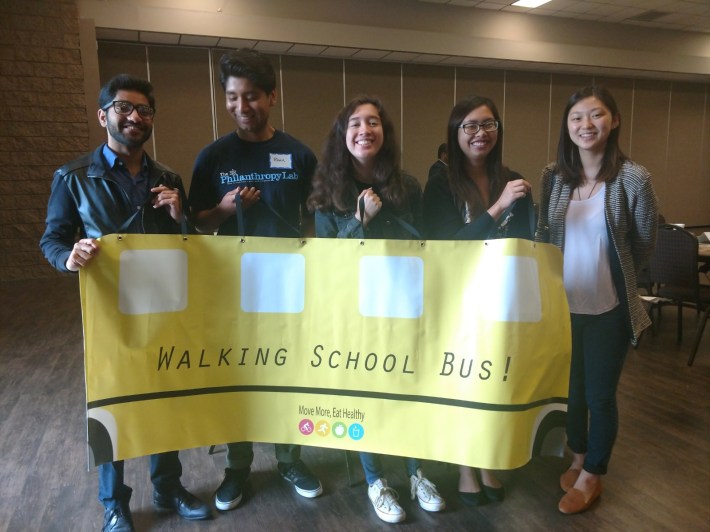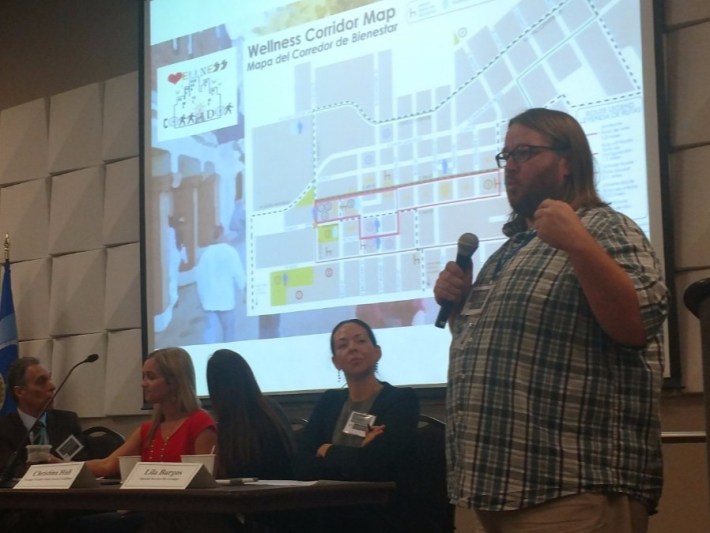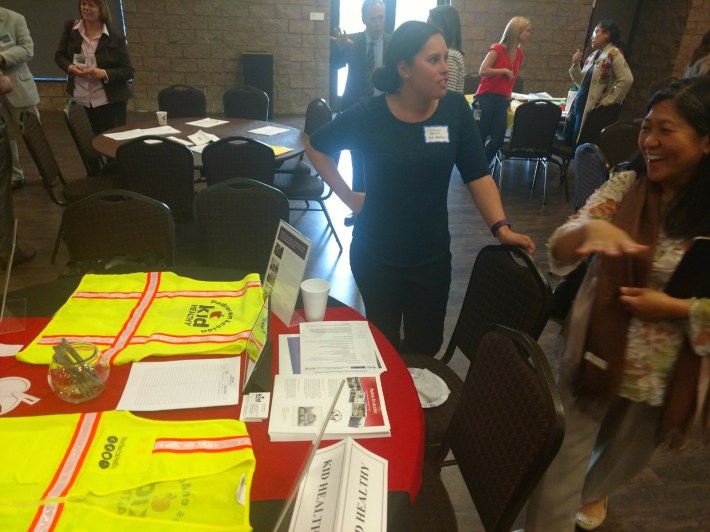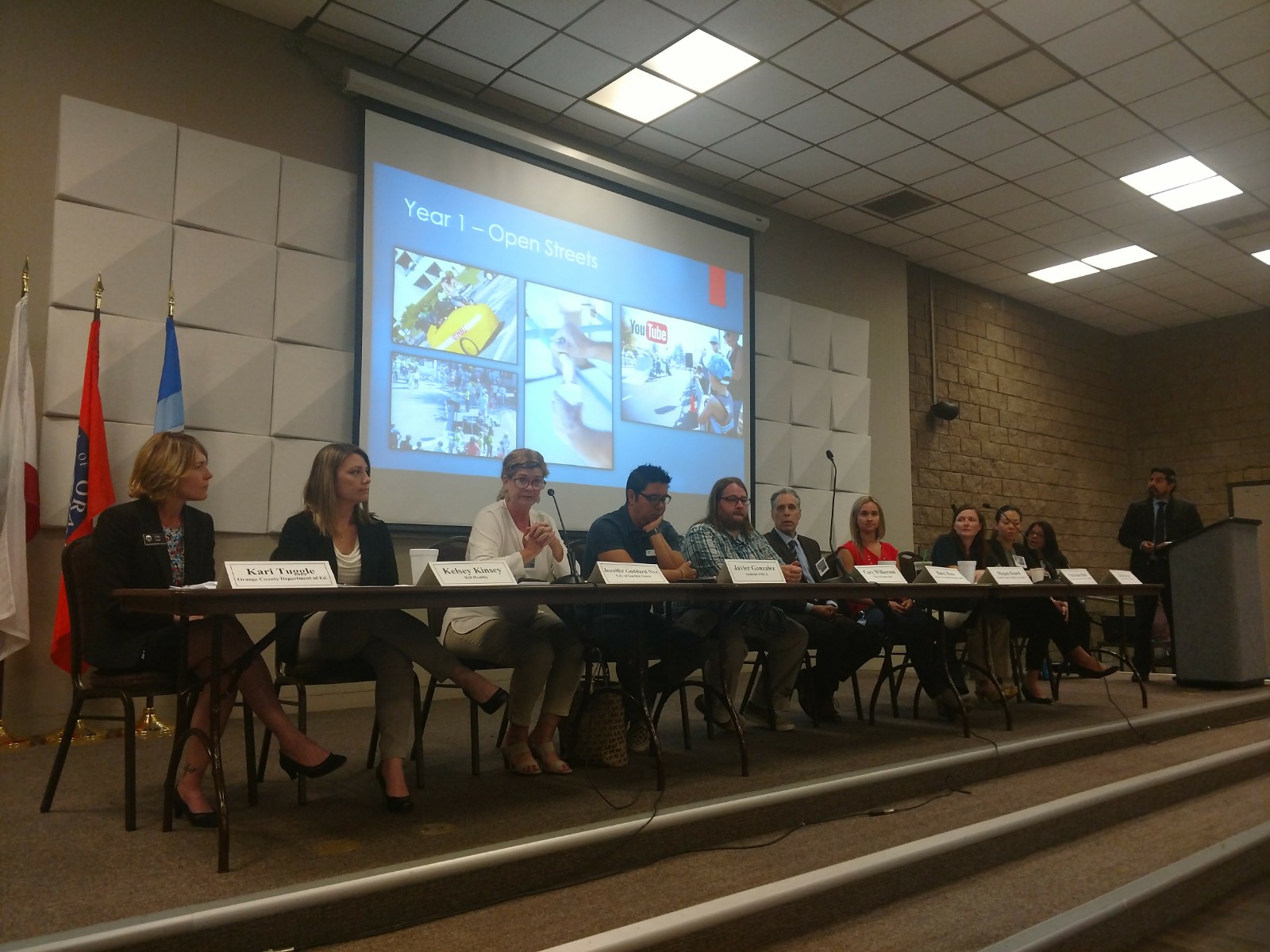In pop culture, the Centers for Disease Control and Prevention (CDC) is usually portrayed as the last line of defense against infectious diseases that are about to take down civilization (see: The Walking Dead, Twelve Monkeys, Contagion, and others) The Control part of its name gets the spotlight, while Prevention is usually boiled down to monitoring diseases, managing vaccination priorities, and research—it even gets the shaft in the acronym.
But recently Prevention had its moment in Orange County. For the past three years, the CDC has awarded $49.3 million to 39 local groups across the country to help them find creative ways of tackling the causes of death and disability, and Orange County got its share thanks to the Community Action Partnership of Orange County (CAPOC).
CAPOC received $4.1 million from the CDC to create the Orange County Partnerships to Improve Community Health (OC PICH), which offers financial and technical support to ten government, education, and nonprofit entities working in Garden Grove, Santa Ana, and Anaheim. The projects that came out of these partnerships ranged from traditional—nutrition education and physical activity promotion—to boldly forward-thinking—funding the installation and design of a bicycle boulevard.
“We moved the CDC forward,” said Dolores Barrett, Director of Community Partnerships and Services for CAPOC.
At a forum earlier this month, partner members described the challenges and successes of their projects. More than 140 people attended the forum, the majority of them students at the University of California Irvine.
Partner groups were relied upon heavily to develop solutions, and in many cases the grants funded already planned work. For example, the city of Santa Ana was awarded roughly $415,000 over three years for planning processes that had broad community support. “It’s super easy when people say, 'hey, we want to do this,' and then someone says, 'hey, we have money to do this.' It’s really nice,” said Cory Wilkerson, the active transportation coordinator with the City of Santa Ana.

The grants brought about some solid results:
- Knowing that the community group Latino Health Access envisioned the creation of a wellness corridor—a concept to bring more recreational space to the downtown area, which lacks parks—OC PICH granted money to create and install tiled mile-markers and benches.
- After the Santa Ana downtown complete streets plan was finished, OC PICH funds were used to construct one of the projects identified in the plan: a bicycle boulevard on Third Street. The funding supported sharrows, midblock crossings, landscape medians, bike racks, and a roundabout.
- OC PICH funds will be used to stripe a green bike lane to connect the Pacific Electric Trail, a 2.1-mile multi-use bike and pedestrian path, to downtown. Though the route is only about four blocks long, it will be the first southern connector from the downtown to the PE trail.
The grants also contributed to training leaders in nutrition education and encouraging physical activity. Through the Orange County Department of Education, teachers were trained in Anaheim, Santa Ana, and Garden Grove to prepare and deliver physical education activities to their students. Teachers were also given kits that included posters on healthy eating, games, and instructional videos.

Kid Healthy, an Orange County nutrition and fitness nonprofit that trains parents in school wellness policy, was able to expand its services to eight schools throughout the three-year period. In addition, Kid Healthy had no prior connection to Garden Grove, but with the OC PICH support is now involved in seven schools in the Garden Grove School District.
The process included provisions for evaluating the effectiveness of the projects that were funded. For example, OC PICH funds were used to install exercise equipment in Garden Grove, and instead of just installing it and leaving it, use of the equipment as well as social interactions that took place around it were evaluated.
“One thing that our evidence-based analysis showed in our park research is that fitness zones matter,” said Mojgan Sami, a public health researcher and lecturer at UCI. “They improve physical activity levels in a park, [and they are] socially significant. It’s not just increasing individual physical health, but it’s an opportunity for community building for a healthy community.”
These types of projects were extremely valuable in showing the importance of resources, partnerships, and interactions between communities and anchor institutions, said Sami.
While OC PICH officially ends in September, CAPOC plans to continue its involvement with the partners through the Alliance for a Healthy Orange County. CAPOC will shift away from its project management role in the three cities, but it hopes to continue similar efforts in Buena Park and La Habra through USDA’s Nutrition Education and Obesity Prevention grant, Barrett said.
With the end of funding from the CDC, the challenge will be maintaining the network built over these past three years, said Clarence Ray, executive director of CAPOC. “If nothing else, there’s a brain trust that’s coalesced out of this group, and a commitment to projects and tasks and policy in the future,” Ray said.







